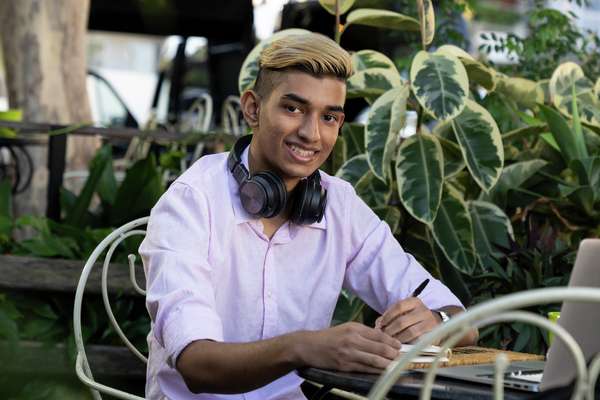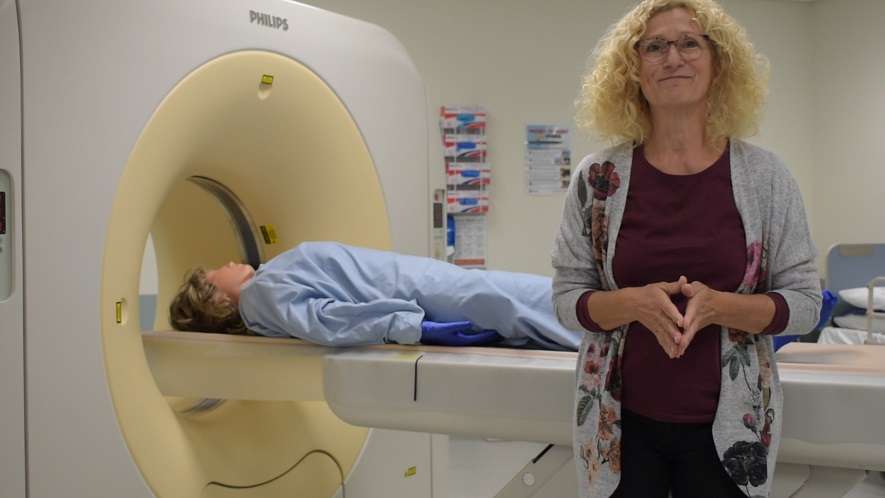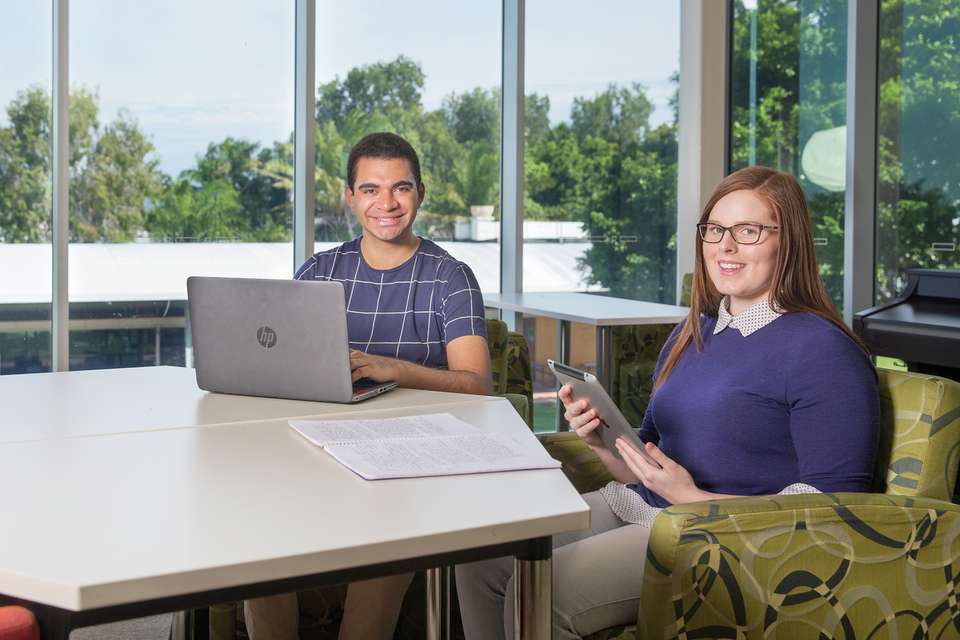Medical Imaging
Study Medical Imaging for a career working in hospitals, clinics or community healthcare services as a diagnostic radiographer.
Find a course
Transcript
Get in touch
Not sure what course is best for you? We’re here to help. Get in touch by phone, message or in person, and we’ll help you explore your study options.



